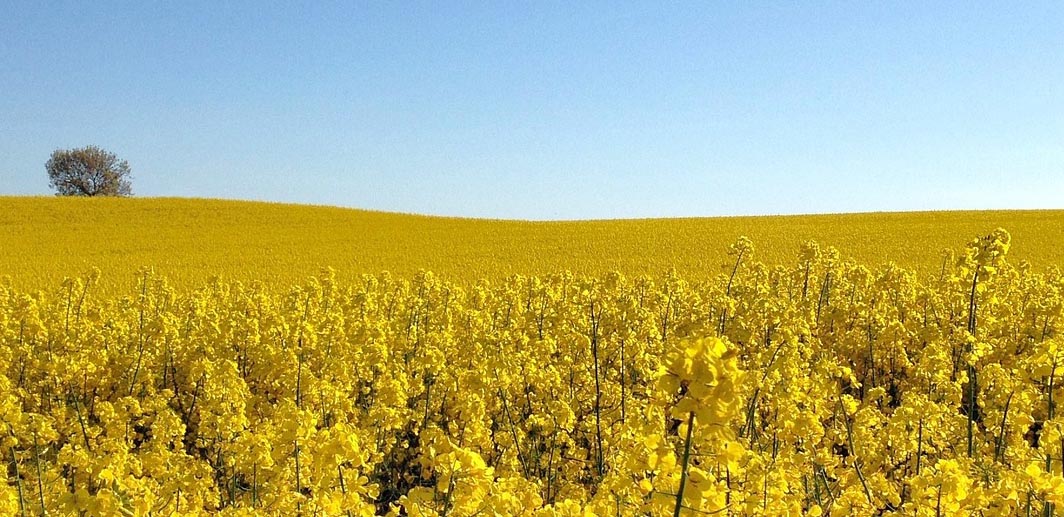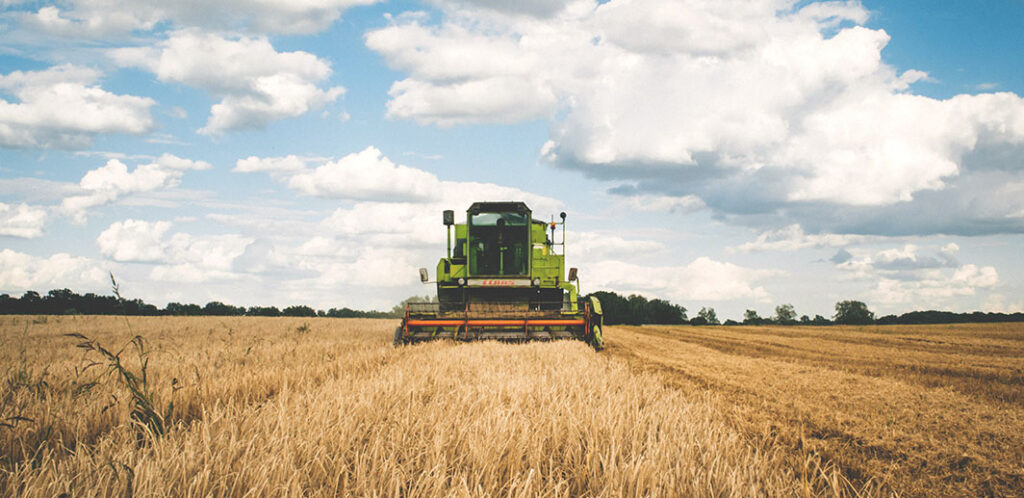Communicating with maps: Data driven innovation for the grains industry
Using spatial technology for supply chain efficiencies
The CBH Group is Australia’s largest cooperative agribusiness with over 90 years’ experience in grain storage, handling and marketing. CBH operates its storage and handling services in Western Australia and accumulates and markets grain in Australia and internationally, exporting to over 30 countries.
In 2017, CBH engaged NGIS on an innovation strategy to identify opportunities to leverage digital and location data.
The analysis of where
The aim was to improve productivity and efficiency gains through the grain supply chain and provide new and disruptive services to create and return value for Western Australian growers.
NGIS recommended initiatives that would enable CBH to foster innovation and a data driven approach in the use of location data and technology. The solution looked to deliver:
Paddock level business intelligence
High value, current and evolving harvest information
Optimised supply chain efficiencies
Greater efficiency, smarter work practices and better outcomes

36 percent of grain growing hectare was submitted using Loadnet Paddock Planner in its first year
CBH group
Building the paddock dataset
One of the key initiatives identified was to collect grower data at paddock level. This would enable CBH to begin incorporating paddock location and production estimate data into its harvest operations planning and supply chain logistics.
The purpose of the CBH Paddock Planner was to provide an intuitive map driven web application that would allow growers to provide their crop estimates to CBH with a greater level of detail than had been previously possible.

Grower estimate application
NGIS developed a bespoke web mapping application for CBH based on familiar Google Maps technology that would improve the estimates data provided by growers to CBH. The Loadnet Paddock Planner was successfully implemented and trialled by CBH and NGIS and has now been adopted as a standard approach at CBH.
The result is that CBH now has the information required to better understand the demand for their services and supply chain, with the ability for more agile decision making when it matters. This helps to ensure CBH can provide the most optimal services to growers at harvest with improved site planning.
CBH has completed the first phase of the initiative collecting grower estimates and is now using the data to assist in their grain receival site planning in preparation for the coming harvest.

